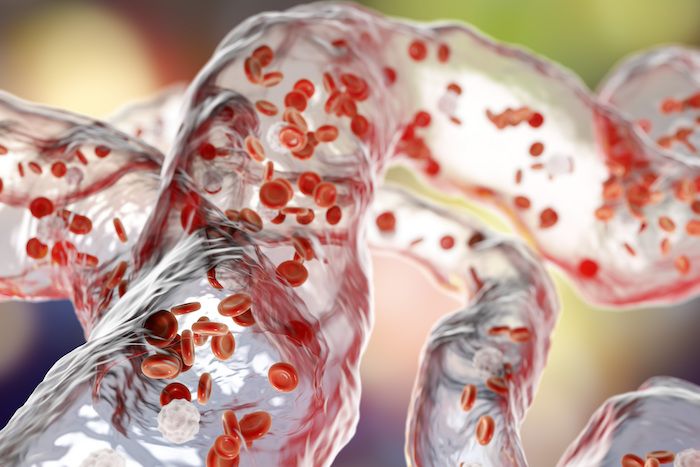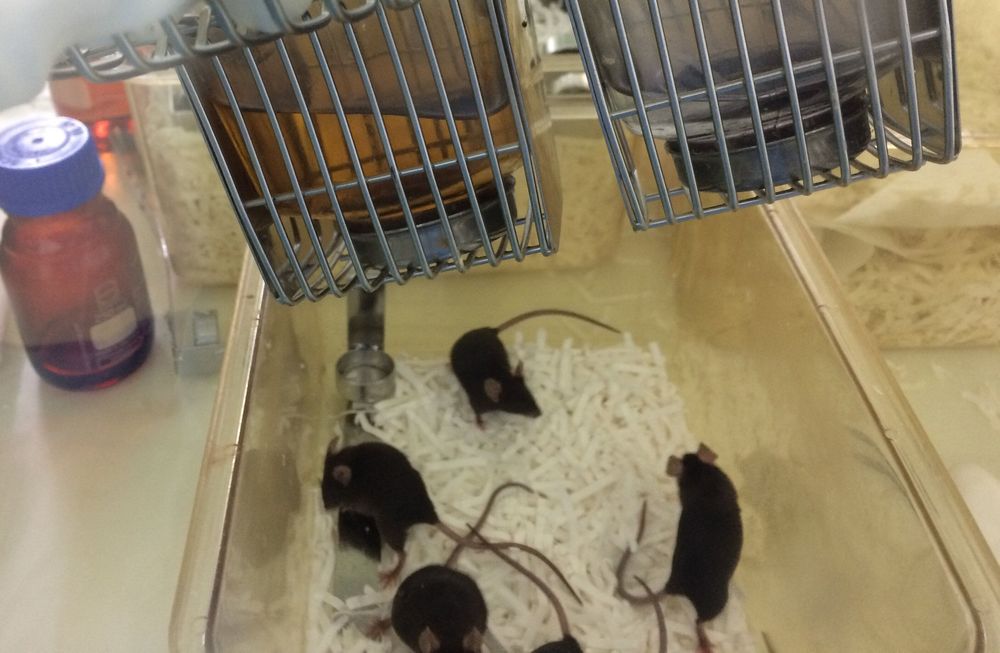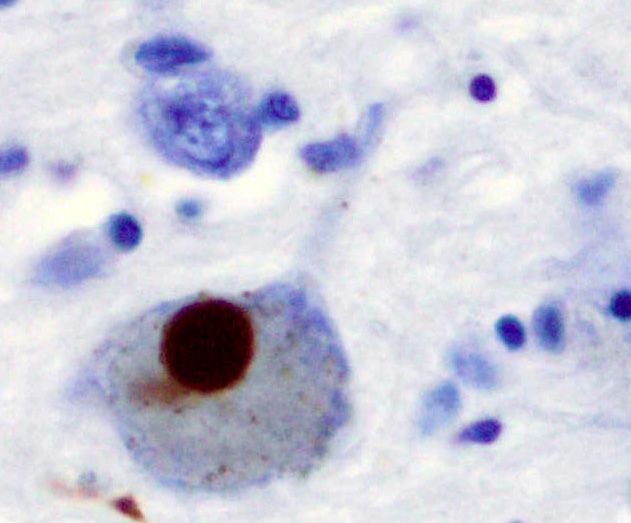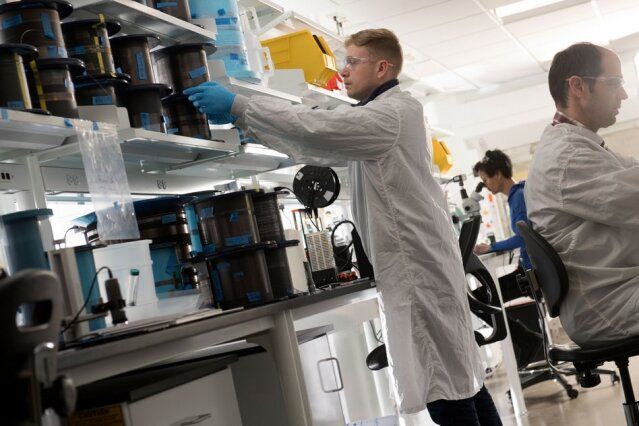Belgian research groups from the VIB, Ghent University, Ghent University Hospital, and the biotech company Argenx have solved a century-long puzzle about the presence of protein crystals in asthma. Normally, proteins do not crystallize in the body, but there are some instances when this process does occur. Charcot-Leyden crystals are made from the protein galectin-10 and were discovered in the airways of asthmatics as early as 1853.
However, the crystals have been largely ignored by scientists, and their actual link to disease remained unknown. The Belgian research groups have now established that the crystals are highly abundant in airway mucus, stimulate the immune system and promote the inflammation and altered mucus production that is often seen in the airways of asthmatics. Together, the academic and company scientists also developed antibodies that can dissolve these crystals to reduce key asthma features. Such antibodies could be first-in-class therapeutics that reverse protein crystals and treat asthma and other chronic inflammatory diseases of the airways. The study is published in the leading journal Science.









